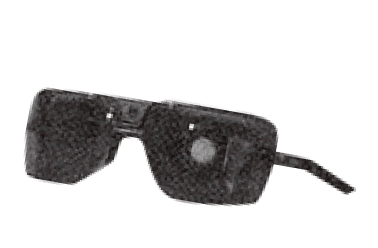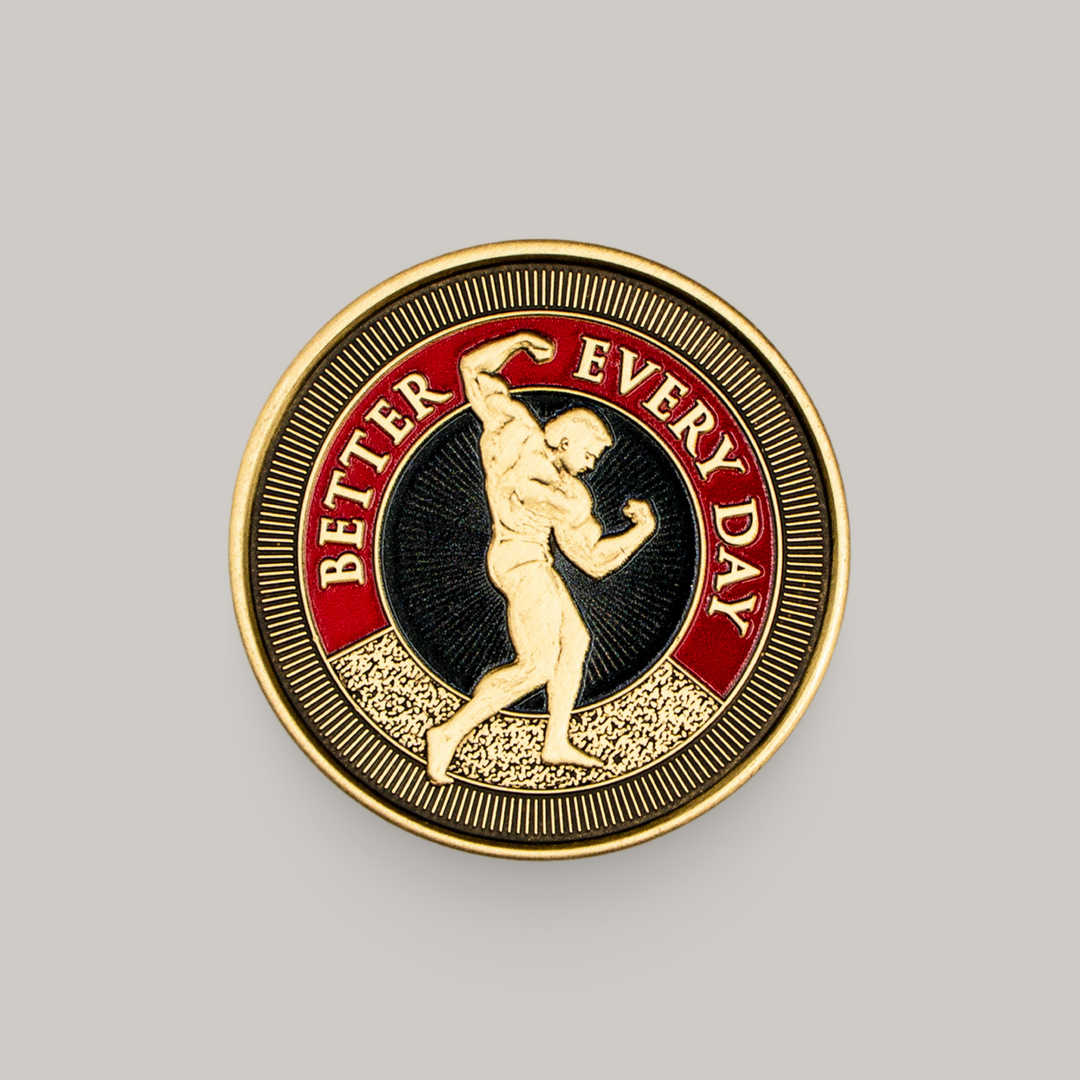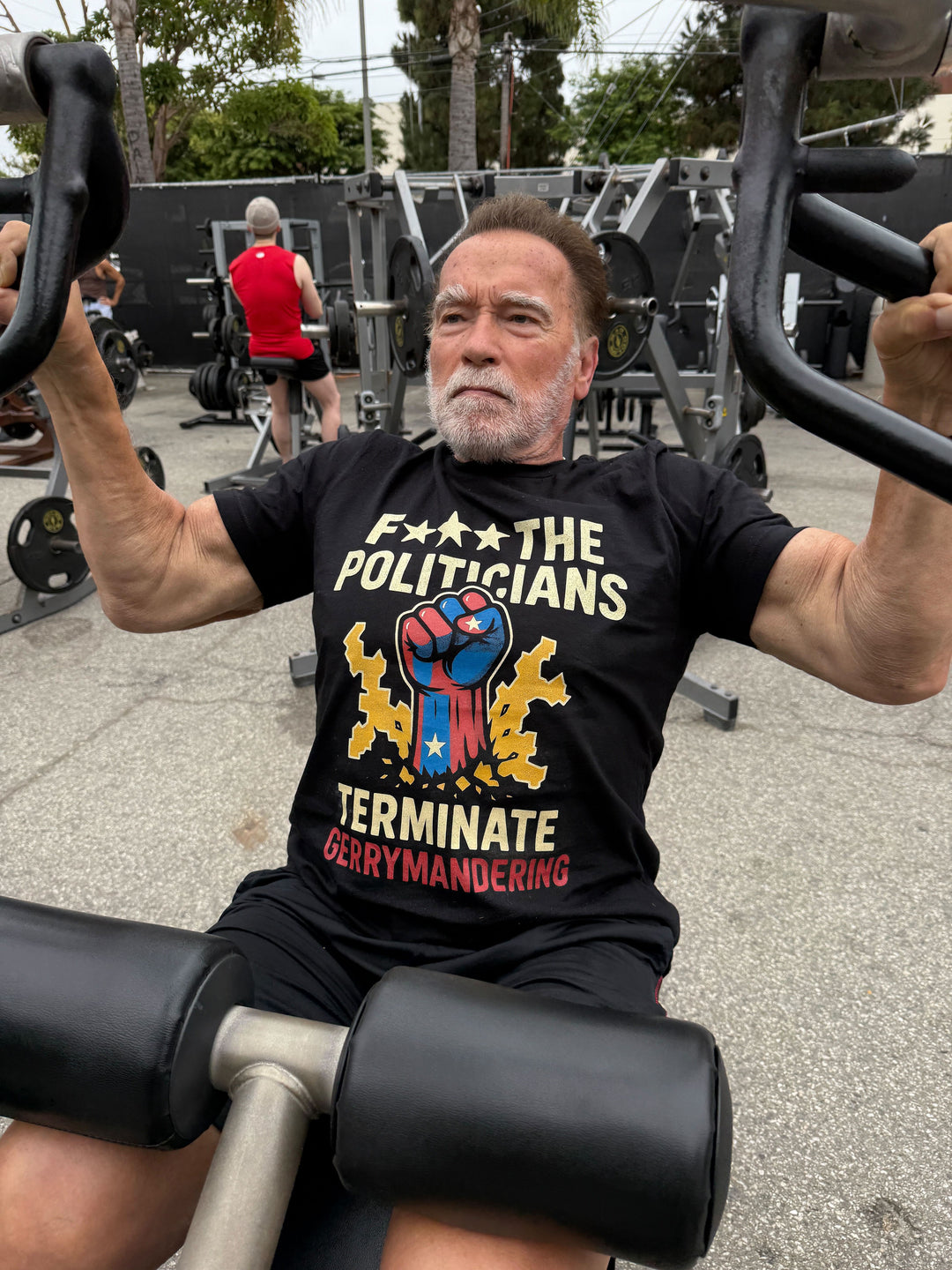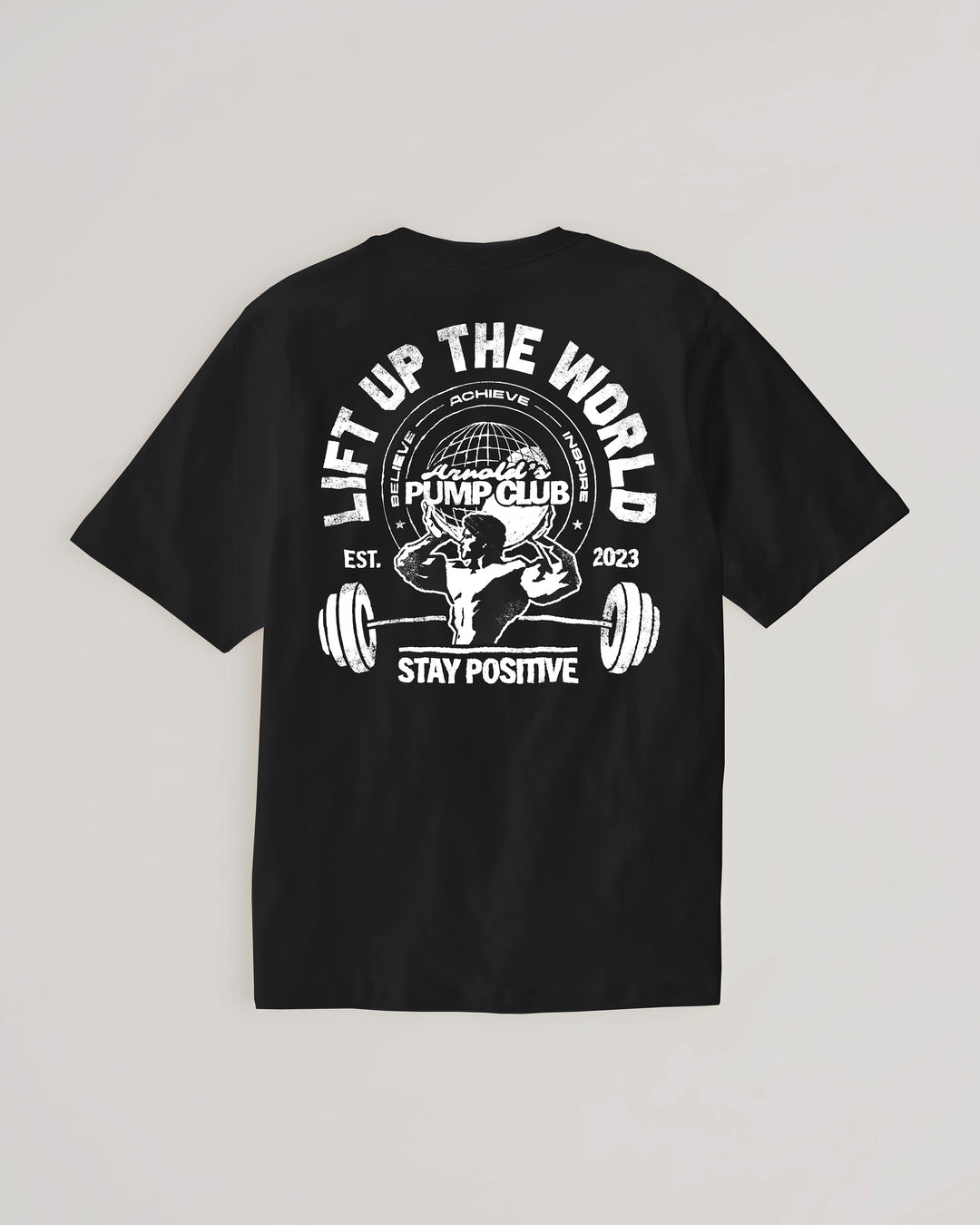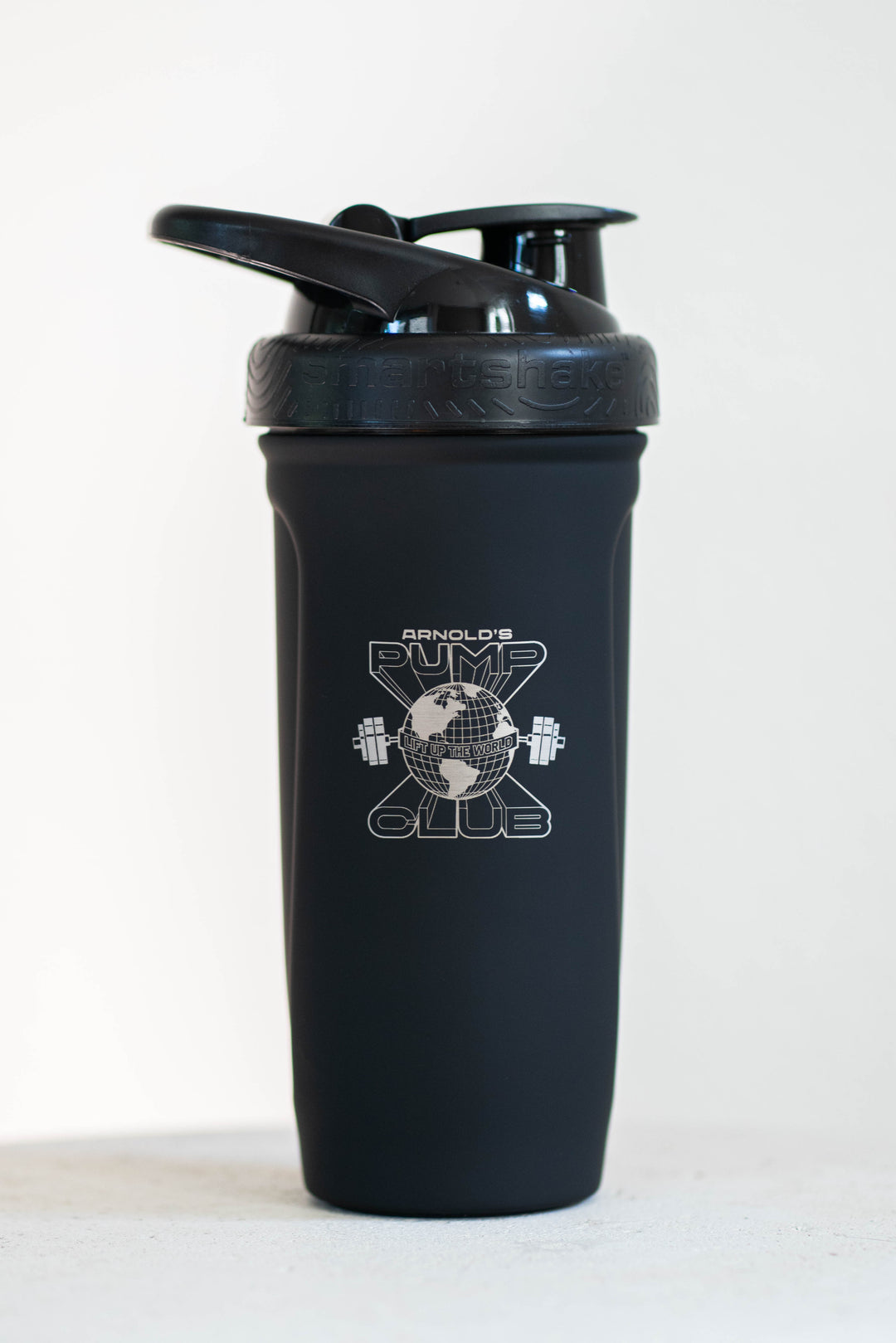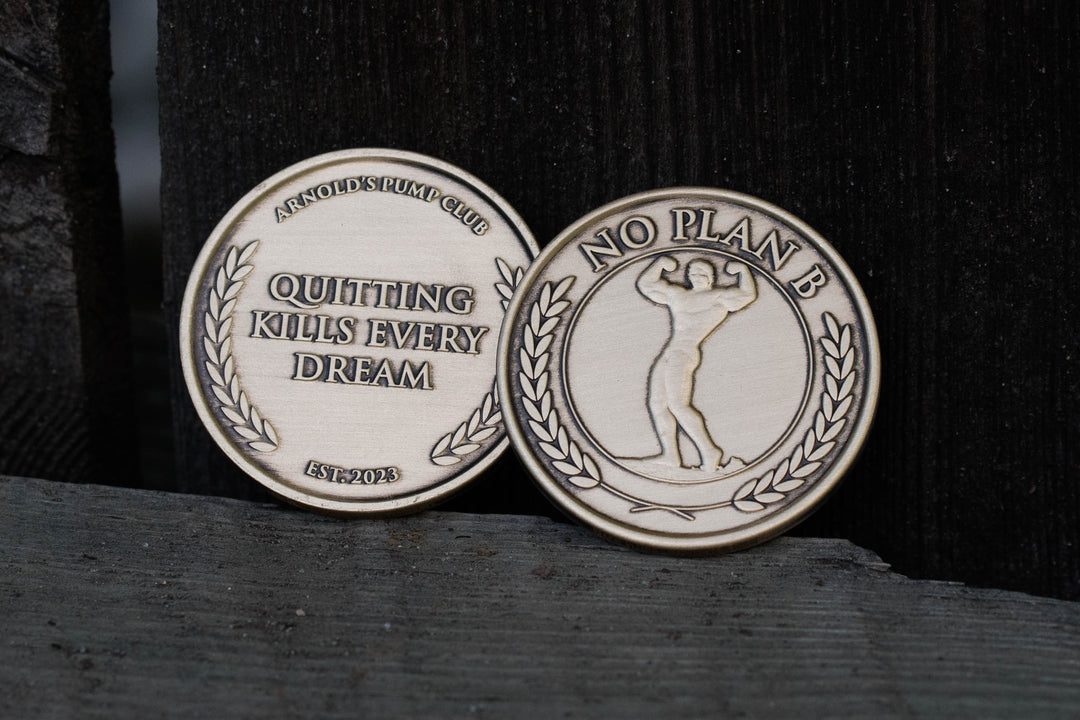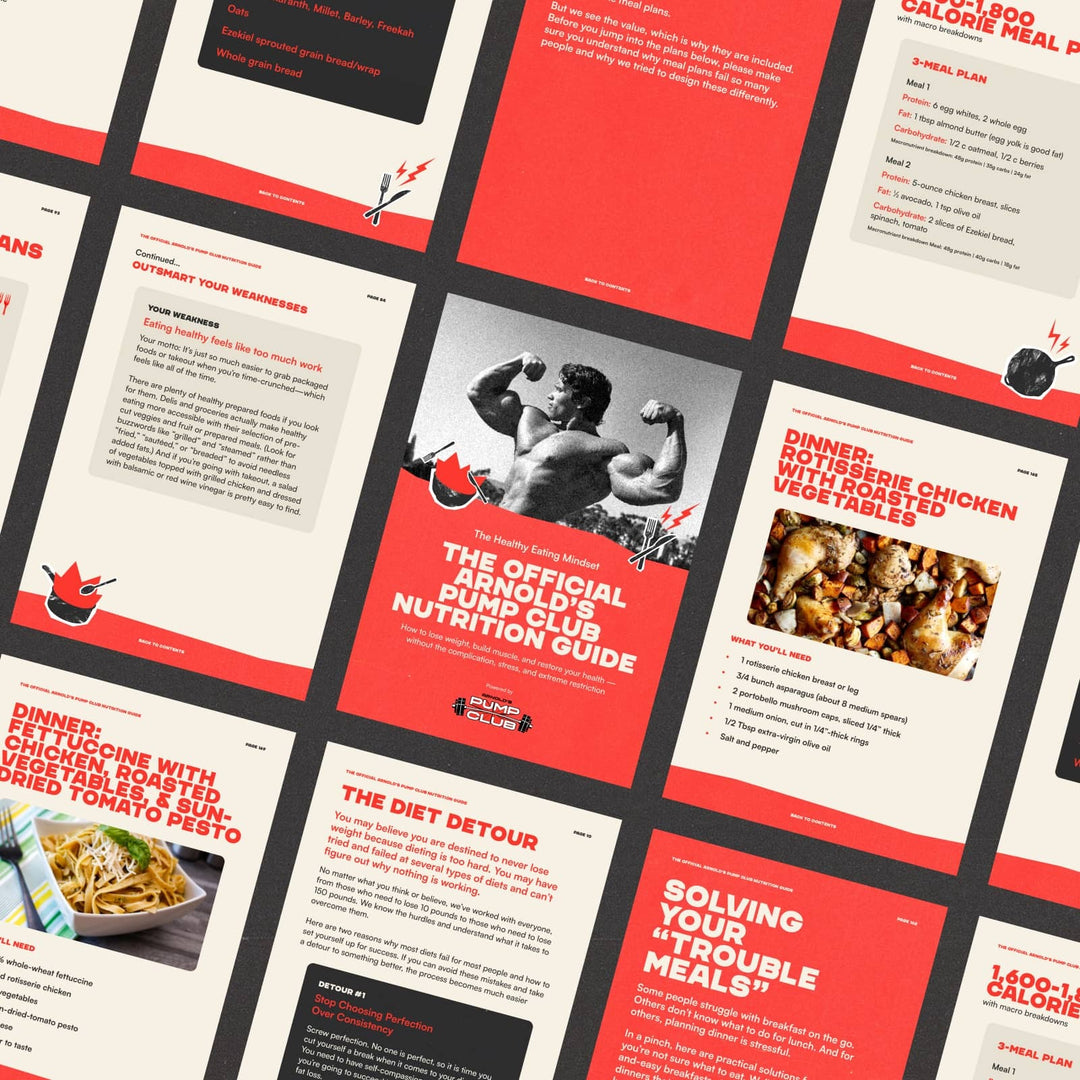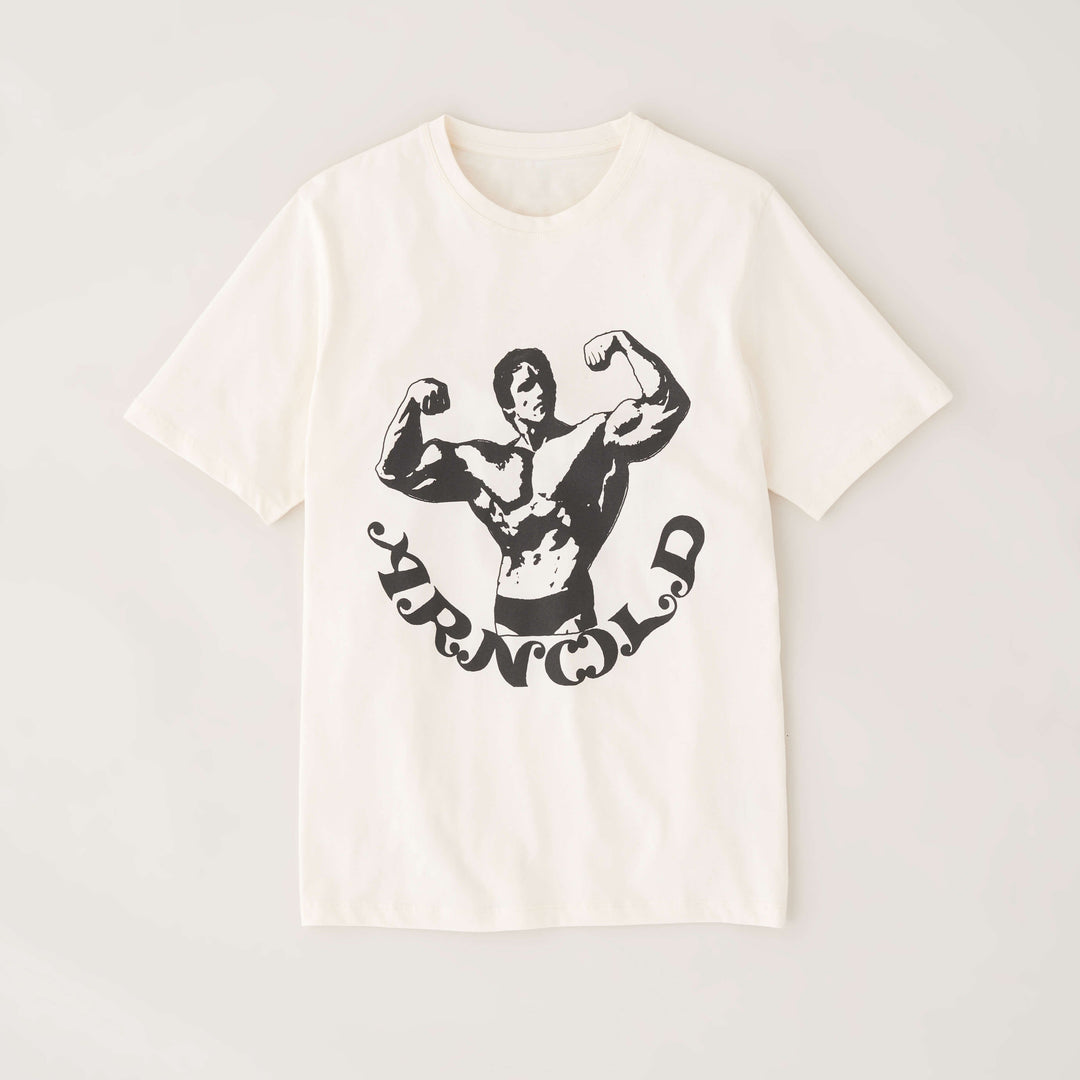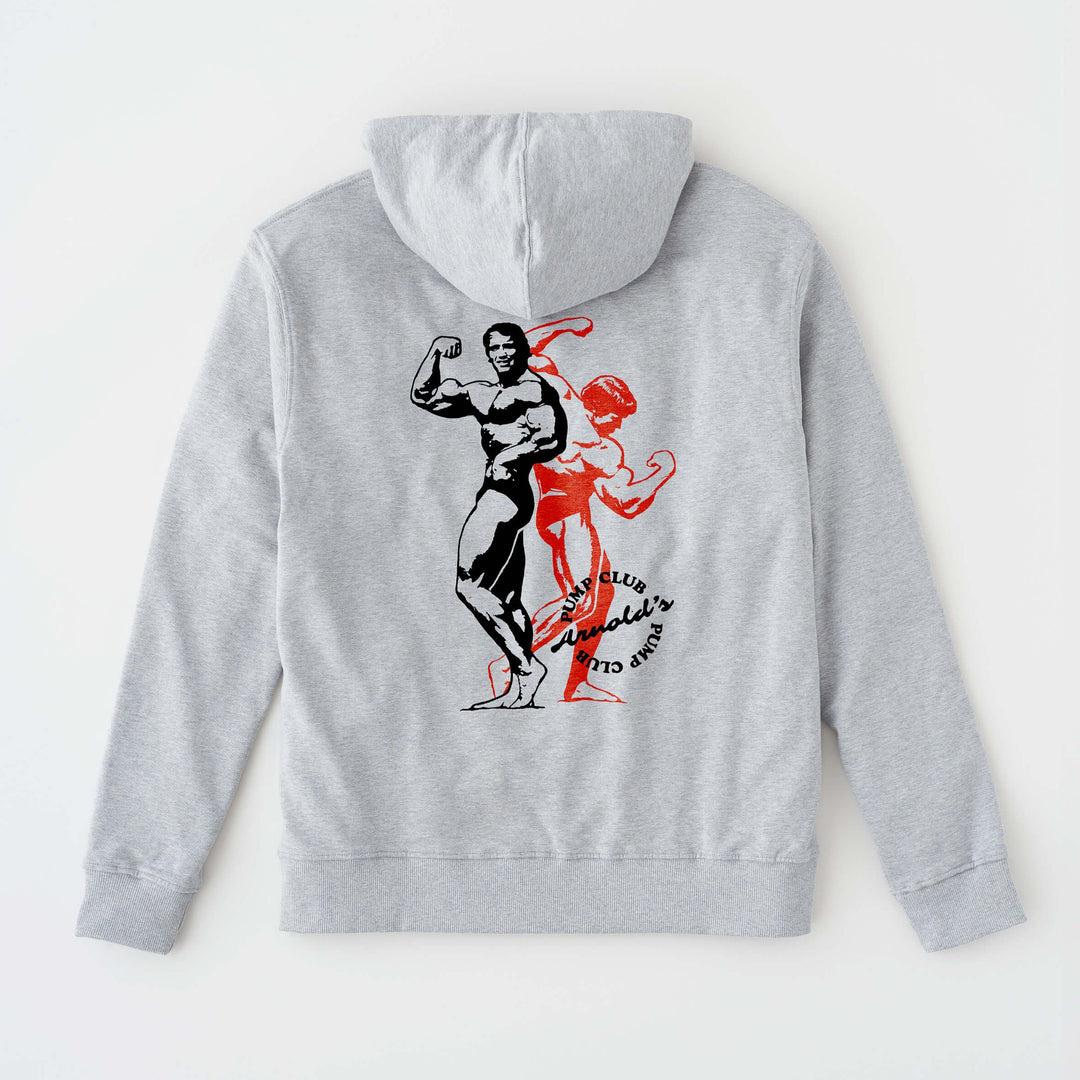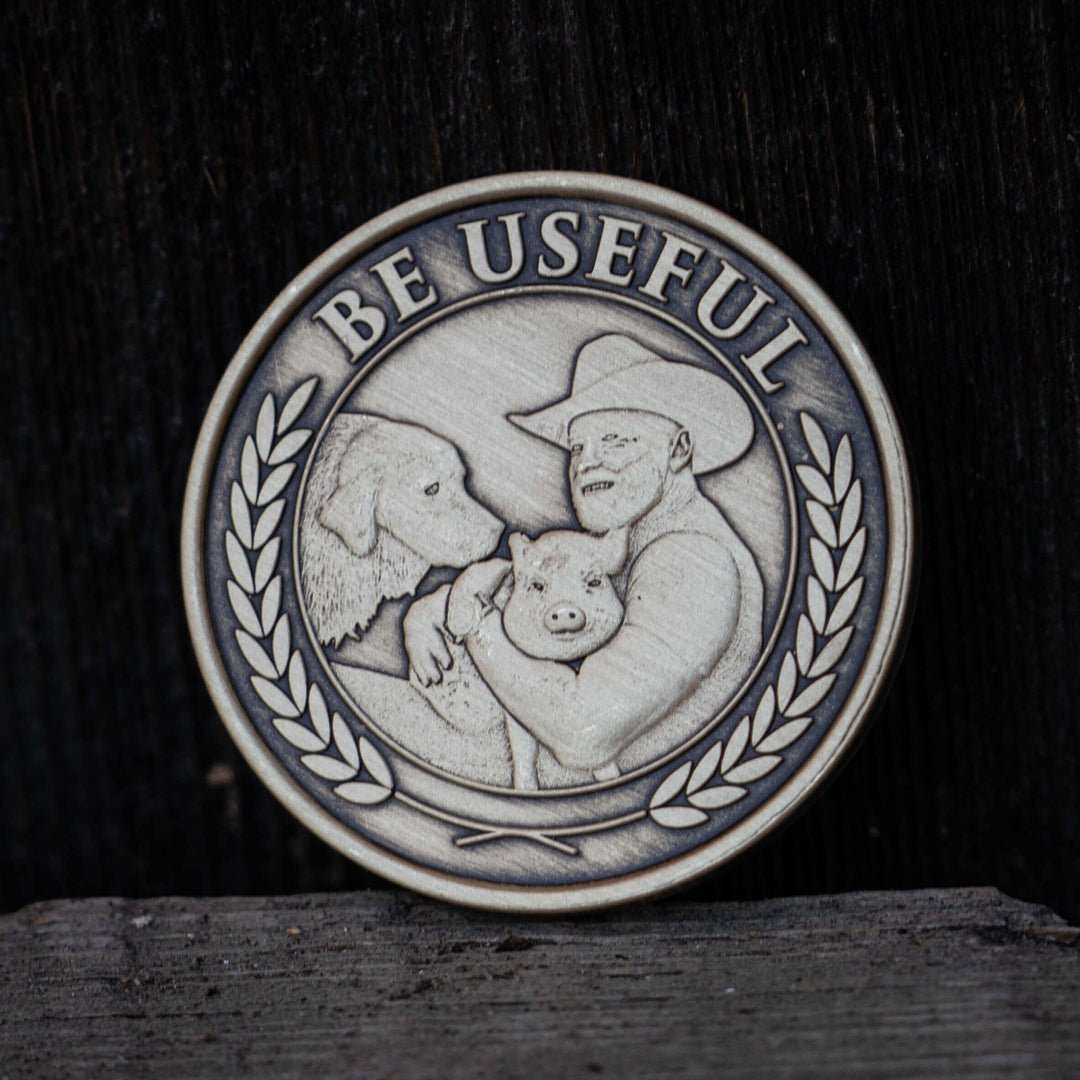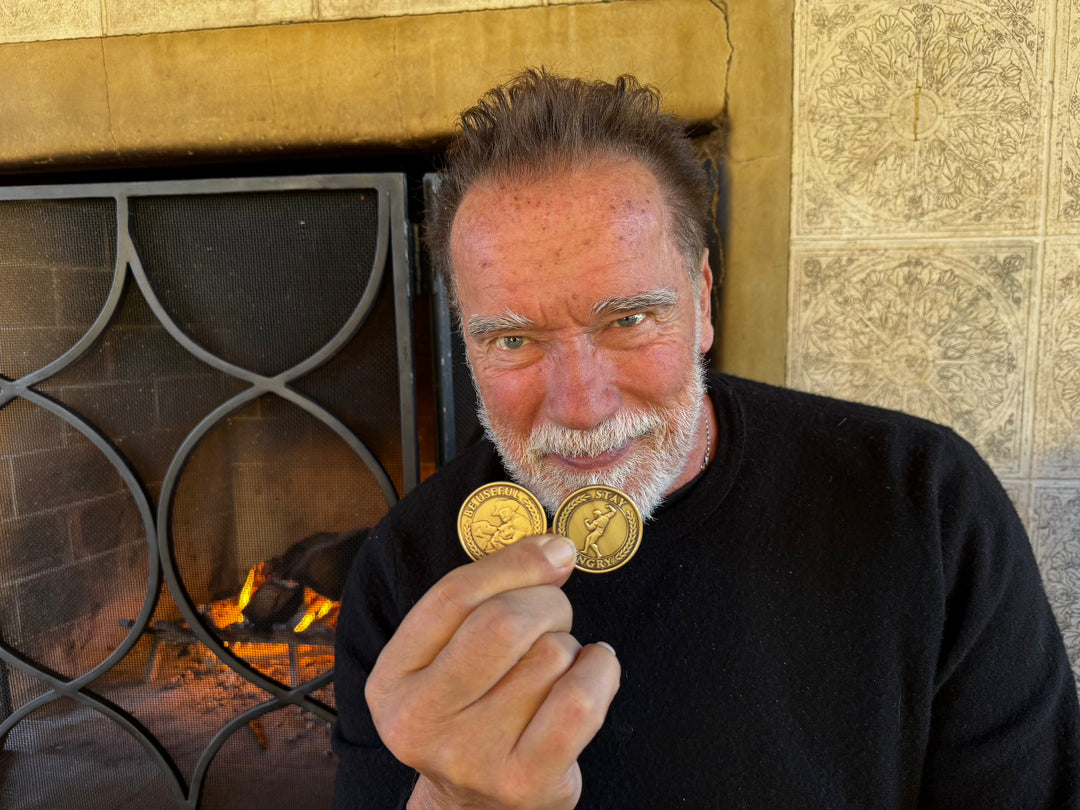Welcome to the positive corner of the internet. Every weekday, we help you make sense of the complex world of wellness by analyzing the headlines, simplifying the latest research, and providing quick tips designed to help you stay healthier in under 5 minutes. If you were forwarded this message, you can get the free daily email here.
Today’s Health Upgrade
How fast is your heart aging?
Fact or fiction: red light and healthy aging
The things you worry about (and the things that matter)
Health
Is Your Heart Aging Faster Than You Are?
You can’t always feel it, but your heart may be years ahead of you.
New research suggests that many Americans have hearts aging faster than their bodies, and most people don’t even know it.
Most U.S. adults have a heart age 4 to 7 years older than their actual age, and the gap is even worse for men, minorities, and those with lower income or education.
Researchers analyzed health data from over 14,000 adults across the U.S. to calculate each person’s "heart age" using the new PREVENT Risk Age Equations, a tool developed by the American Heart Association. Unlike traditional risk scores that use percentages (like “15% risk of heart disease”), this approach tells you how old your heart actually functions, making it easier to understand your true cardiovascular risk.
The results were eye-opening: Women had an average heart age 4 years older than their real age, and men had an even bigger gap of nearly 7 years older (56.7 vs. 49.7). Approximately 1 in 3 men and 1 in 5 women with a high school education or less had heart ages more than 10 years older than their actual age.
Why does this happen? The researchers found that elevated blood pressure, poor cholesterol levels, smoking, diabetes, and kidney function were the biggest drivers of premature cardiovascular aging. In other words, lifestyle and modifiable health factors play a massive role.
But here’s the good news: you can slow (and even reverse) your heart’s aging.
If your heart age is higher than it should be, that’s your cue to take action:
Lower your blood pressure
Improve cholesterol through diet and movement
Manage blood sugar with resistance training, better sleep, and eating more fiber and protein
Stop smoking if you currently do
Talk to your doctor about medication or supplements if needed
Want to know how old your heart really is? You can access the free PREVENT Risk Age Calculator used in the study.
Together With Celluma
Does Red Light Therapy Really Enhance Healthy Aging?
If you’ve ever wondered whether those red glow panels or LED masks you see online actually do anything, here’s the good news: science says they’re not just hype.
Red and near-infrared light work because they boost your cells’ energy production, giving your skin, hair, and tissues more power to repair and regenerate. But the benefits come from consistency and using the right kind of light.
Red and near-infrared light (630–1000 nm) activate a key enzyme in your mitochondria (cytochrome c oxidase). Think of it like plugging in a charger for your cells, which leads to better repair, resilience, and function.
Supporting mitochondrial function is why multiple studies have found that low-level LED light therapy improves skin health, hair quality, and muscle recovery.
In a randomized, double-blind, placebo-controlled study, 87% of people improved skin tone and firmness, and saw measurable increases in collagen density. A review of FDA-cleared devices found significant increases in hair density when hair follicle stem cells are activated. And systematic reviews even found that using LED therapy before exercise can reduce soreness and improve performance 24 hours later.
The catch? You need to use the devices for several months consistently, and the studies use very specific power densities that most consumer products don’t provide.
We did the work for you, testing different devices, and Celluma checks all the boxes of providing low-level LED light therapy at the wavelengths you need to see the results you desire.
Celluma’s multi-mode devices offer up to five FDA-cleared treatment modes, come in 15 different models and sizes, and feature a patented, flexible panel design that effortlessly conforms to the face, scalp, and body. They are lightweight, rechargeable, and completely portable so that you can use them anywhere life takes you.
If you haven’t considered adding light therapy to your healthy-aging routine, now is the perfect time. Celluma’s Holiday Cyber Sale is providing APC readers with the best pricing they’ve ever offered for a limited time. Save hundreds or even thousands on the most versatile professional-grade LED light therapy available. Just click the link above, and no code is needed to save.
Adam’s Corner
The Tux At The Funeral
I knew the call was coming.
I think everyone in my family knew it was only a matter of time.
My grandmother was 96, and for my entire life, she carried the kind of calm grit that made you believe she might just outrun time itself. But time always wins in the end.
After a hard two-year stretch — losing her husband (my grandfather), my dad (her second oldest), and another son (my uncle) — my grandmother took her last breath in her sleep last weekend.
When I heard she was gone, I adjusted my trip for a project with Arnold and booked a flight to Chicago. Grief has a way of simplifying your priorities. Everything that felt urgent suddenly wasn’t. Everything that mattered rose to the top.
If you know me, you know I’m not the “pack a week early” traveler. I’m the opposite. I’m the guy sprinting through airports, arriving at the gate just in time, somehow avoiding disaster through a combination of luck and questionable efficiency. I pack late, leave late, and every time I swear I’ll change…and every time I don’t.
This trip was no different, another mad dash before the gate closed, feeling relieved that somehow, I packed everything I needed. Or so I thought.
Yesterday morning, I was getting ready for the funeral in my hotel room. I put on my dress pants, tucked in my shirt, buttoned up, reached for my belt…and stopped.
There were no belt loops. I stared at the pants. Then it hit me:
I didn’t bring my black suit. I brought my tux.
A tux. To my grandmother’s funeral.
For a solid five minutes, I started to beat myself up.
What would people think?
How careless could I be?
How do you walk into a room of grieving relatives wearing a tuxedo without looking like a misplaced maître d’?
But then I recognized what I was doing. I texted my wife about what happened, my reaction, and ultimately, the realization. I then joked that this was exactly the type of mistake I would make. And I laughed it off.
I walked down to the lobby to meet my mom and two of my brothers. I told them what happened. I admitted I was embarrassed rather than pretending I didn’t care. And we went to the funeral.
When we were there, not one person noticed. Not one person cared.
And of course they didn’t. This was not about me. Or my pants.
Funerals have a way of providing clarity. Surrounded by memories, love, and contemplative silence, I wondered how often we do this to ourselves:
How often do we obsess over things that don’t matter? How often do we build entire stories in our heads about what other people will think, only to realize those stories exist in our imagination, not in reality?
We worry about looking stupid in the gym because we don’t know how to adjust a machine.
We worry about what people will say if we quit a job to pursue something uncertain.
We worry about fumbling through a new skill, speaking up, standing out, messing up.
We treat these tiny, insignificant moments as verdicts on our worth.
But here’s the truth, and it’s something Arnold talks about all the time: Weakness, mistakes, and the moments we don’t look perfect are opportunities. They’re how we grow. They’re how we stand out. They’re how we become fully, unmistakably ourselves.
And almost always, the thing we fear isn’t a real problem. It’s just noise. A tux mistaken for a suit.
Here’s the real lesson:
Most of the things you worry about will never happen.
Most of the things that do happen won’t matter.
And the things that truly matter — the people you love, the time you have, the moments you can’t get back — deserve more of your attention than the imaginary audience in your head.
As I thought back on the day honoring a life that stretched nearly a century, I asked myself: If my grandma were here, would she care what I was wearing?
Not a chance. She’d make a sarcastic, witty comment. Pause. And then she’d tell me I looked sharp.
The next time you’re in your head and being overly critical, remember that it’s natural to dwell on mistakes or insecurities. We are human, after all. But also remember it’s a distraction.
Because the real tragedy isn’t wearing the wrong outfit to a funeral.
It’s spending your limited time worrying about things that don’t deserve a single second of it.
Better Today
Take any of these tips from today’s email and put them into action:
1. Why Your Hearts Might Look 4-7 Years Older Than Your Actual Age:
Researchers found that most adults have hearts aging significantly faster than their bodies. The five primary drivers — elevated blood pressure, poor cholesterol, smoking, diabetes, and kidney function — are all modifiable, meaning you can reverse your heart's aging through lifestyle changes.
2. How Red Light Therapy Activates Mitochondrial Repair for Skin, Hair, and Recovery
Red and near-infrared light activate your mitochondria, boosting cellular energy production. That’s why studies show 87% of users improved skin tone and collagen density, while systematic reviews found reduced muscle soreness and better performance 24 hours after exercise. The catch: results require consistent use for several months with devices that deliver the specific power densities used in clinical studies, not just any consumer LED panel.
3. Why We Waste Energy Worrying About Problems That Don't Exist
We manufacture catastrophes in our imagination that never materialize in reality, spending precious mental energy on imaginary audiences and self-created problems, while the things that truly matter, like time with people we love, moments we can't get back, go unappreciated.
—
Publisher: Arnold Schwarzenegger
Editors-in-chief: Adam Bornstein and Daniel Ketchell






